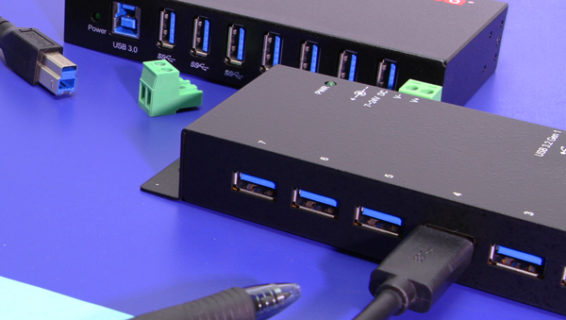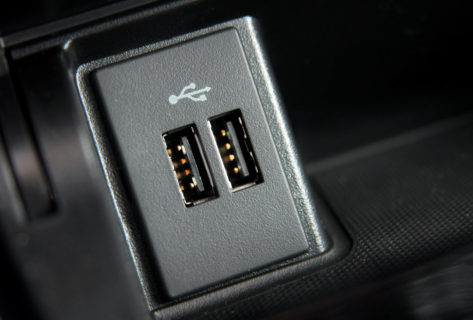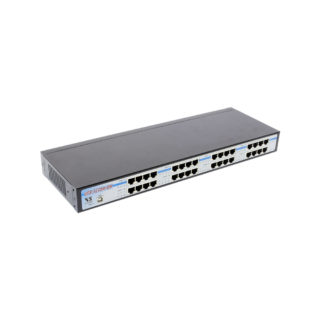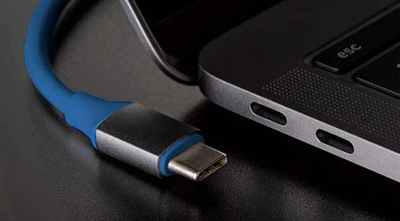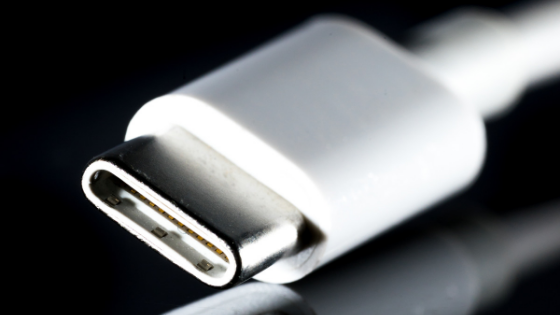What is USB Power Delivery?
USB Power Delivery (USB PD) is a universal charging specification, which is compatible with all USB-powered devices. The USB-PD port was introduced around the same time as the USB-C port in 2012. Previously, the only universal option was the USB Battery Charging specification which was markedly slower. Through the USB-C port on your laptop, USB Power Delivery provides both data and power simultaneously. In 2021, USB Power Delivery 3.1 was announced with support for up to 240W. In today’s market, most USB PD-enabled connectivity accessories are capable of providing 100W of power. Using a single USB-C port, you can connect peripherals to your USB-C-powered laptop, as well as charge it.
The USB-PD port allows a single USB-C port to become multi-functional. With added external displays, additional USB ports, SD card readers, and gigabit Ethernet, each extra device is able to connect to the USB-PD port while the laptop is able to remain charged.
USB-C ports can be configured with 5V 1.5A and 3A for up to 15W of power. USB Power Delivery has far more charging capability, supporting up to 240W of power. With higher voltage support, the optimal charging power level can be more safely communicated between devices.
The newest development in USB-PD technology can be found in the USB Power Delivery Programmable Power Supply (USB PD PPS). These ports support configurable voltages, which allow for even more optimal charging.
Flexible power rules is the name of the game for USB-PD 3.0. By keeping fixed voltage brackets that still allow for a wider range of negotiated current levels, these ports can be used in multiple device applications. USB Power Delivery 3.0 also has the ability to expand upon the communication protocol. This supports crucial functions including battery condition, enhanced security, and fast role swapping.
Benefits of USB Power Delivery 3.0
- Better Charging Speeds Unlocked – With the most recent USB Power Delivery 3.0 revision released in 2018, the Programmable Power Supply (PPS) protocol became standard. USB PD PSS has more flexibility than its predecessors and can configure voltage levels at minuscule 20mV granular increments. Device-to-charger communication paired with voltage-control charging algorithms results in ideal voltage negotiated and even changed during charging. USB PD PPS fares far better with fast charging than the standard USB PD protocol.
- Better Environmental Impact – Better charging speed is a huge benefit of USB Power Delivery and PPS but it was not the primary goal. Being a single standard to power a multitude of USB devices, the need for extraneous ports, connectors, and plugs is greatly reduced. E-waste is becoming a major environmental concern with the disposal of tech products no longer in use, as well as the continued use of precious metals and other resources. Embracing a universal charging technology such as USB Power Delivery could improve this area of concern.
- Increase Port Capacity – Modern laptops typically only include 2 USB ports compared to earlier laptops which often had 4-6 available ports. Utlizing the USB Power Delivery port allows for both charging capacity as well as the use of multiple peripherals.
Does Your Laptop Support USB Power Delivery 3.0?
Most laptops made within the last few years are able to support USB-PD, particularly if it includes a USB-C connector. Coolgear is always here to walk you through any connectivity concerns. Fill out a form here and we will work with you on finding the right solution.
Sources:
https://www.startech.com/en-us/blog/usb-power-delivery-explained
https://www.androidauthority.com/usb-power-delivery-806266/



